I'm trying to implement an SQLite-based database that can store the full structure of a 100GB folder with a complex substructure (expecting 50-100K files). The main aim of the DB would be to get rapid queries on various aspects of this folder (total size, size of any folder, history of a folder and all it's contents, etc).
However, I realized that finding all the files inside a folder, including all of it's sub-folders is not possible without recursive queries if I just make a "file" table with just a parent_directory field. I consider this as one of the most important features I want in my code, so I have considered two schema options for this as shown in the figure below.
In schema 1, I store all the file names in one table and directory names in another table. They both have a "parentdir" item, but also have a text (apparently text/blob are the same in sqlite) field called "FullPath" that will save the entire path from the root to the particular file/directory (like /etc/abc/def/wow/longpath/test.txt). I'm not assuming a maximum subfolder limit so this could theoretically be a field that allows up to 30K characters. My idea is that then if I want all the files or directories belonging to any parent I just query the fullpath of the parent on this field and get the fileIDs
In schema 2, I store only filenames, fileIDs and DirNames, DirIDs in the directories and files tables, respectively. But in a third table called "Ancestors", I store for each file a set of entries for each directory that is it's ancestor (so in the above example, test.txt will have 5 entries, pointing to the DirIDs of the folders etc,abc,def,wow and longpath respectively). Then if I want the full contents of any folder I just look for the DirID in this table and get all the fileIDs.
I can see that in schema 1 the main limit might be full-text search of variable length text column and in schema 2 the main limit being that I might have to add a ton of entries for files that are buried deep within 100 directories or something.
What would be the best of these solutions? Is there any better solution that I did not think of?
